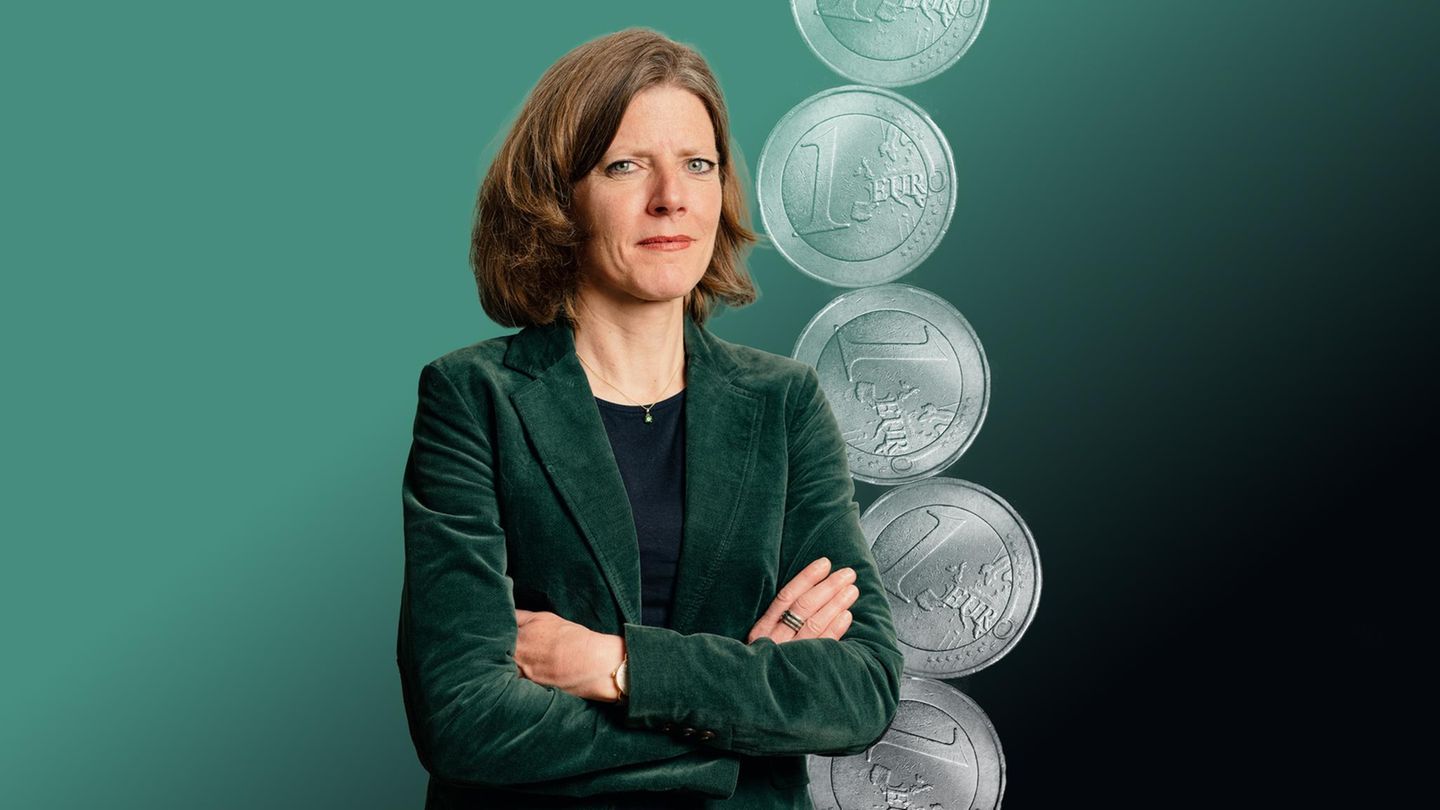Menu
Expansion of the power grids: electricity by overhead line instead of the earth cable? That would be the consequences
Categories
Most Read
Pharmaceutical industry warns: Association: Dependence on China endangers drug supplies
October 20, 2025
No Comments
Sports deal: Tom Tailor polo shirt more than half cheaper
October 20, 2025
No Comments
Second largest economy: China’s economy is growing more slowly – party discusses course
October 20, 2025
No Comments
the business climate of Argentine exporters
October 19, 2025
No Comments
Carlos Melconian warned that there are numbers that reflect a devaluation and that the dollar could reach $2,000
October 19, 2025
No Comments
Latest Posts

Formula 1: “Cannibal” Verstappen gives hope for a title spectacle
October 20, 2025
No Comments
PierceI am Pierce Boyd, a driven and ambitious professional working in the news industry. I have been writing for 24 Hours Worlds for over five

Pension reform: How is private provision still possible?
October 20, 2025
No Comments
Column: It’s about money Reform of the Riester pension: This is really obvious! Listen to article Copy the current link Add to wishlist The major

Pharmaceutical industry warns: Association: Dependence on China endangers drug supplies
October 20, 2025
No Comments
Pharmaceutical industry warns Association: Dependence on China endangers drug supplies Copy the current link Add to wishlist Shortages of some medications, including fever syrups for
24 Hours Worlds is a comprehensive source of instant world current affairs, offering up-to-the-minute coverage of breaking news and events from around the globe. With a team of experienced journalists and experts on hand 24/7.

